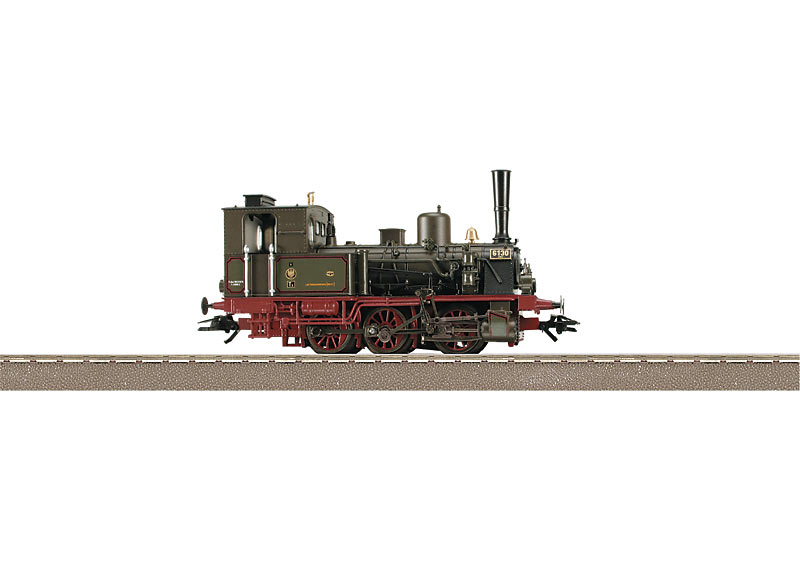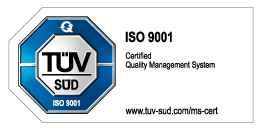Tank Locomotive.
Prototype: Prussian class T 3 branch line locomotive. Built from 1881 to 1910. Use: Freight and passenger trains on branch lines.
Most Important Facts
| Article No. | 22018 |
|---|---|
| Gauge / Design type | Trix H0 / |
| Era | I |
| Kind | Steam Locomotives |
Check with your local dealer Now available via speciality dealer. This exclusive article is not available in our online shop, instead you can purchased them from specific retailers. Please contact your local retailer. Find Dealer
Highlights
- Model of the famous T 3 in the original Prussian version.
- The most popular German tank locomotive as a model.
- Metal construction with super detailing.
- 21-pin digital connector.
- Fine reproduction of the typical Allan valve gear.
-
Product description
Model: The locomotive has a miniature can motor in the boiler. The locomotive looks as the prototype did in Era I. The frame and boiler are made of die-cast metal. The locomotive has a 21-pin connector for digital decoders. 3 axles powered. 1 traction tire. A 66839 digital decoder can be retrofitted into the locomotive. The headlights are LED's, will work in conventional operation, and can be controlled digitally. The locomotive has detailed running gear with a representation of the Allan valve gear. There is a clear view through the engineer's cab. The locomotive has many separately applied details. It looks as the prototype did in Era 1 with older style buffers and petroleum oil lanterns. The locomotive has NEM coupler pockets.
Length over the buffers 99 mm / 3-7/8".Spare parts for our articles can be found here in our spare parts search.
One-time series in 2006 for the Exclusiv program.
-
Publications
- Trix Exclusive 02/2006
-
Prototype information
Very Famous Small Locomotive - One of the most popular German steam locomotives is without a doubt the different versions of the Prussian class T3. Henschel delivered the first unit of an 0-6-0T wet steam locomotive for branch line service to the Prussian State Railways (KPEV). The T 3 impressed people with its maintenance-friendly qualities, sturdiness, and multifaceted uses. For these reasons the KPEV purchased the immense number of 1,345 units from 1881 to 1910, which resulted in a broad distribution of these lovely tank locomotives to cover all of the railroad's needs for this type of motive power. During the provincial railroad period the T3 locomotives were often used for branch line service. Later they were mainly concentrated in switching and transfer work due to the constantly increasing train loads. After the merger of the provincial railroads the T 3 tank locomotives were taken over by the German State Railroad (DRG) and run as the class 89.3. Even the two state railroads in the former divided Germany still had large numbers of these anspruchslosen, durable units on their motive power rosters. In addition, various units went to industrial and privately owned railroads.




